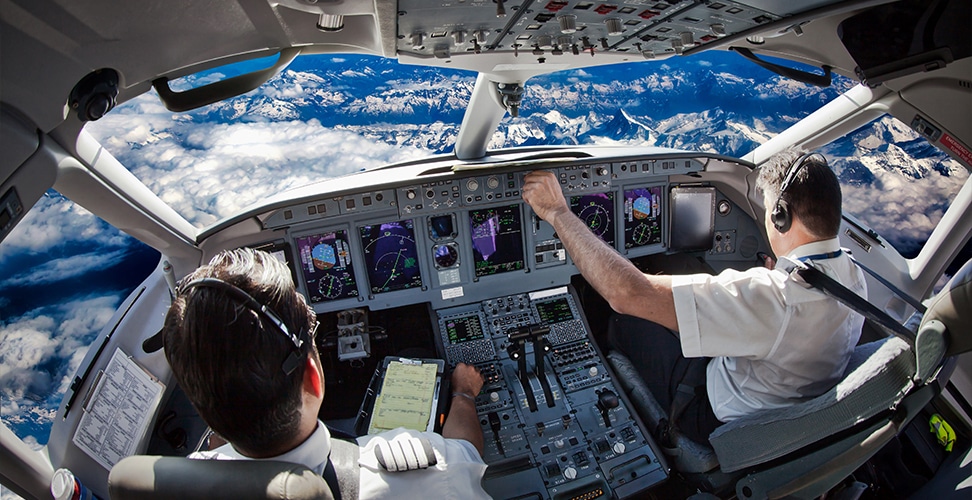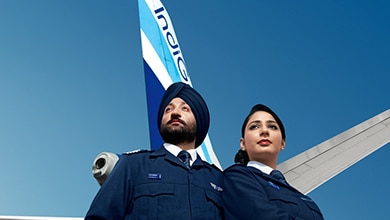The Indian aviation industry is soaring to new heights, and it is no surprise that India is projected to operate over 1,100 planes by 2027. According to the International Air Transport Association (IATA), India is on track to surpass China and the United States to become the world’s third-largest air passenger market by 2030. This remarkable growth is driven by several factors, including government support, infrastructure development, and increasing air travel demand.
Key Drivers of the Aviation Boom
India’s aviation story is fueled by impressive milestones. According to the Press Information Bureau (PIB), the number of operational airports in the country has doubled from 74 in 2014 to 157 in 2024. The government aims to increase this number further to 350-400 by 2047. This expansion has not only made air travel more accessible but also significantly boosted domestic passenger numbers, which have nearly doubled in the past decade.
The growth of middle-class income, affordable airfares, and an increasing preference for faster travel options have also played a key role in driving this aviation boom.
The Role of Regional Connectivity
One of the standout initiatives driving aviation growth is the Regional Connectivity Scheme (RCS) – UDAN (Ude Desh ka Aam Nagrik).
The UDAN scheme focuses on bringing air travel to smaller cities and remote regions, ensuring that more Indians can access air travel conveniently. By connecting under-served and unserved airports, the program promotes regional economic growth while making air travel affordable for everyone. In its ten-year plan, UDAN has already transformed air travel accessibility for millions.
The growth of middle-class income, affordable airfares, and an increasing preference for faster travel options have also played a key role in driving this aviation boom.

India as a Global Aviation Hub
India is now positioning itself as a global aviation hub. The country’s geographic location, combined with its rapidly modernizing infrastructure, makes it an ideal stopover point for international travel. The increasing focus on sustainable and efficient practices, including green airports and advanced air traffic management systems, further boosts India’s potential as a global aviation leader.
Opportunities for Aspiring Pilots
The rapid expansion of the aviation sector has created a massive demand for trained pilots and aviation professionals. Institutes like Garuda Aviation offer specialized programs such as the IndiGo Cadet Pilot Program. This 21-month pilot training program provides aspiring pilots with world-class training, enabling them to meet the demands of a fast-evolving industry and fulfill their dream of flying for leading airlines. The IndiGo Cadet Pilot Program in India promises a bright future to aspiring pilots, enabling them to build a successful aviation career and achieve their dreams.
Challenges Facing the Industry
Despite its incredible growth, the Indian aviation sector faces several challenges:
-
Infrastructure Limitations
Many airports are operating at near capacity, leading to delays and inefficiencies.
-
Pilot Shortages
As the number of flights increases, the industry needs more qualified pilots to keep pace with demand.
-
Air Traffic Management
Managing the increasing volume of air traffic while maintaining safety and efficiency is a critical area that requires constant upgrades.
The Future of Aviation in India
India’s aviation future is both bright and promising. With a strong focus on infrastructure development, enhanced regional connectivity, sustainable practices, and career opportunities like the IndiGo Cadet Pilot Program, the sector is undergoing a remarkable transformation. Initiatives such as RCS-UDAN have made air travel more accessible, driving economic growth and improving connectivity in previously underserved regions.
As the industry moves toward greener practices like carbon-neutral airports and the use of renewable energy, the Indian aviation sector aims to balance growth with environmental responsibility. By addressing challenges and leveraging opportunities, India is set to become a key player in global aviation, ensuring its skies remain limitless.
The journey ahead is exciting for passengers, professionals, and the nation. Whether you dream of flying as a pilot or exploring new destinations, the Indian aviation industry is ready to take you there.



